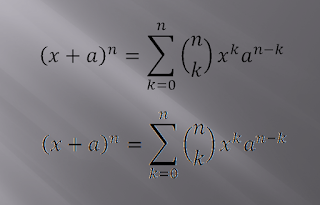I've never used PowerPoint, but I've been investigating recently the mathematical and in particular MathML capabilities of the Office 2007 suite.
It's been noted in several places that PowerPoint doesn't support the new Word 2007 math zones and that if you cut and paste a math expression from Word to PowerPoint, the result is an image, which means you can't edit it or search on it in that form, and it looks horrible on screen, especially if you have background colour or textures applied to your slides.
This note is just to mention a mechanism of getting correctly rendered editable mathematical text into PowerPoint, in a form which has the full oomml XML markup in the pptx file, so you can extract that and convert to MathML if needed using the Microsoft supplied stylesheet. I suspect that this mechanism is (or ought to be) well known by anyone (not me!) who's used PowerPoint, but a google search didn't show up anyone else mentioning it in this context, so I thought I'd post...
To get a math expression inserted, don't cut and paste a math zone from word, in Powerpoint choose
insert / Object /MicroSoft Word Document
then make a 'document' consisting of the equation you need using the embedded copy of Word. the resulting equation will be saved as an embedded object, and if you unzip the pptx PowerPoint file you will find a docx version of the embedded object in the embeddings directory, which you can further unzip to locate the oomml math XML.
The resulting equation renders as text rather than an image and may be edited at any time later, just click on it and you get thrown into a copy of Word.
Screen shot with one of Word's example equations rendered twice in a PowerPoint slide, once as an embedded object and once as an image.

5 comments:
Or you can do Insert Object and choose "Microsoft Equation 3.0" and create equations that way. In fact, this works in Excel and many other Windows apps.
Paul
David,
such a simple solution and I had not thought of it. Thank you for the post. I will be busy the rest of the afternoon editing my slides ....
Try to animate any equation (even a simple appear effect would do) and hey presto all the equations (even the ones that don't have any animations) loose their anti-aliasing. Happens also with Equation Editor 3 and Mathtype 6. This bug needs to be fixed!
TexPoint.
Post a Comment